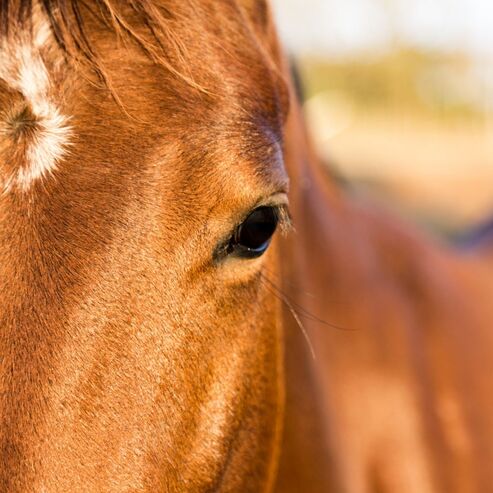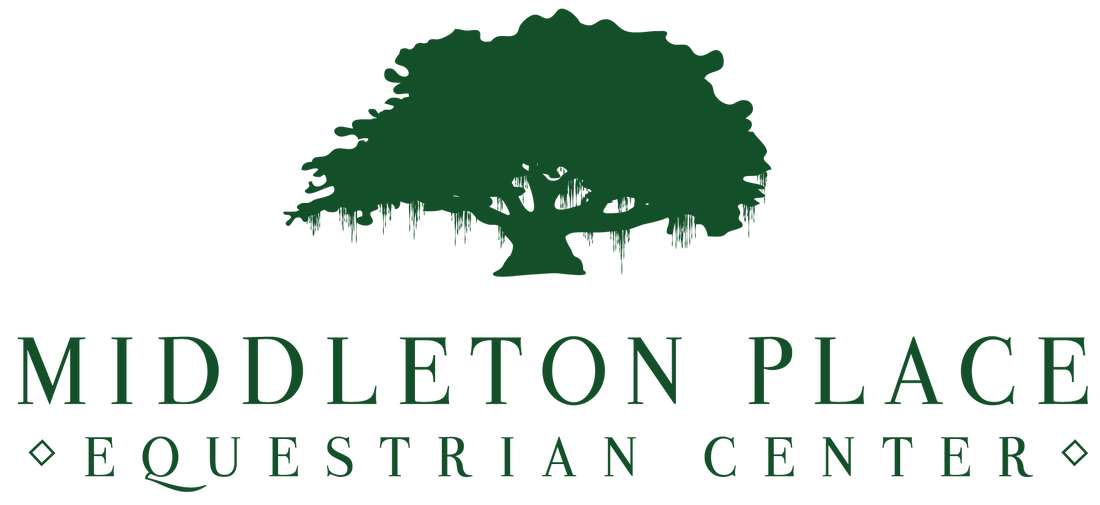|
In this blog, we are going to be celebrating one of the most popular and oldest horse breeds in the United States, the American Quarter Horse.
Hello, trail friends! Welcome back to the blog! With the dawning of this new month, can you believe there is only a matter of weeks left until the new year? While the year is quickly ending and the weather continues to change, all of us here at Middleton Place Equestrian Center are here to offer the best trail rides and horseback riding in the Charleston area. The weather is still perfectly mild and wonderful to ride in. With beautiful trails intertwining through age-old trees, inspiring views of Middleton Place, and a guide to describe the history and stories we've seen over the years, a visit to Middleton Place Equestrian Center is guaranteed to please friends and family! We offer guided trail rides, tours of the property, and equine boarding with the best care. As of right now, due to the pandemic, please note that we are currently only offering historic trail rides! Enjoy the beautiful weather, the wonderful Lowcountry scenery all while social distancing on the back of a horse. We continue to adhere to the Governors guidelines to help keep our staff and clients safe. All saddles, bridles, and helmets are cleaned after every ride. We are very excited and looking forward to seeing all of you for your next ride very soon! While you are waiting to plan your next ride with us, we wanted to turn back to the history books. In this blog we are going to be sharing the history of one of the oldest and most popular breeds of horse right here in the United States; the American Quarter Horse! Considered one of the oldest and most beloved cultivated breeds in the United States, the Quarter Horse is an incredible example of the melting pot that the United States so proudly boasts to be. The breed itself came from a very long line of breeding some of the most influential and powerful horses from across the globe starting as early as 710. The breed itself saw its true beginning in the 1600s, during the early days of the American Settlers, and was officially solidified in the 1800s with the final addition to the breed, the Mustang. With the addition of the Mustang in its breeding, the modern American Quarter Horse was created and America had its own unique horse native to its shores. Wild Beginnings As we mentioned above, the very beginning of the American Quarter Horses' bloodline can be traced back to 710, when powerful horses were being bred between the North African Barb horses and the native Spanish stock horses. These horses were the ones that accompanied some of the very first Spanish explorers into the new world. They were also the same horses that were left behind by these very early settlers, and many of these horses swam ashore and survived multiple Spanish shipwrecks during these tumultuous years. We have talked about one lineage of these horses a few times throughout the blog, and those are the wild Corolla horses that have made the shores of North Carolina their home. These were not the only horse linage that came from these early settlement horses. Some came into the hands of the Chickasaw Indians that were native to Mississippi, Alabama, and Tennessee. Others went out west to become what we know today as the Mustang. When the second wave of colonists made it to the shores of America in the early 1600s, they brought English stock horses with them. These horses helped them settle the early colonies and survive some of the hardest and harshest years of American settlements. Once they were finally settled, decided they were going to stay, and survived those difficult and challenging years, they could finally have a pastime. One of the most popular pastimes of this generation became horse racing. Colonists were no longer fighting every moment to survive, so they could celebrate with a race or two. When this shift in society happened, the first step in breeding the Quarter Horse happened. Many settlers started trading for and riding the Spanish Barb horses that the Chickasaw Indians had cultivated, cared for, bred, and were known to ride. These horses were then bred with the English stock horses, and the first steps of the Quarter Horse were born. These horses would be bred and cared for over the next 150 years, and according to the American Quarter Horse Association, would become known as the "Celebrated American Quarter Running Horses". The name "Quarter" was given to the horses because this was the distance they were trained to run, about a quarter of a mile on flat grounds in and around colonial towns. The next wave in the development of this breed was in 1752 when a horse named Janus was brought over from England. This stunning horse was the grandson of one of the most influential horses for the foundation of the Thoroughbred horse, the Godolphin Arabian. Once Janus was bred with these blossoming colonial horses, the official prototype of the American Quarter Horse was born, according to the AQHA. These were the horses that lead Americans through the American Revolution and into the wild west and the new frontier. Frontier Horses Once the Atlantic coast had been settled, the itch to continue moving out west was born. American settlers began another great push into unknown lands and the Quarter Horse went with them. These horses, known for their short distanced speed, were now being bred for their stock and strength. Through the early years of the 1800s, this early breed of the American Quarter Horse would be bred with the last few bloodlines that would officially solidify the overall breed. Sir Archy was the first in this line, following by two influential horses named Printer and Tiger. The final piece of the puzzle to the American Quarter Horses bloodline was the powerful Mustang. These free-roaming horses, ancestors of the horses the Spanish explorers left behind, were what made the Plains Indians the strongest mounted warriors that anyone had ever seen, according to AQHA. These new powerhouse horses took settlers out west, help clear and plant this new land, and became the favorites of cowboys and farmers alike. Their strong, stocky, and muscled bodies were perfect for the harsh life and beginnings of the great west, and their gentle dispositions were perfect for caring and interacting with cattle. While farms started to spread across the frontier, so did vast cow farms, all thanks to the Quarter Horse. They were once used as sheer entertainment, and how now become the force of breaking into the frontier. Modern Marvels Today, these beautiful creatures are still bred to have the same features and personalities that broke open the wild west, they just aren't used to forge new lands and farm as they once did. Thanks to the foundation of the American Quarter Horse Association in 1940, the breed became official. New steps were now being taken to preserve the breed. Breeding the Quarter Horse follows incredibly strict guidelines today, and it is dedicated to perfecting the bloodline. The foal has to come from a registered mare and sire to be recognized by the association. They are only allowed to have very limited white markings on their faces and below their knees. There are also only 13 accepted colors recognized by the AQHA ranging from reddish-brown to a stunning grey. They are still known for their muscling, their gentle natures, temperament around cows, versatility, and sprinting speed. While they can still be used for farming, modern technology has moved the Quarter Horses focus and training towards excelling in almost every racing and skilled event that is popular today. With its versatility, the Quarter Horse has become known as one of the most popular breeds, with riding for enjoying being their owner's favorite form of recreation. What a stunning breed and powerful history! They are such influential horses that it is almost impossible not to come across a Quarter Horse at least once in your lifetime. You might even meet one or two at our stables! We hope you enjoyed the history of the Quarter Horse, and we hope this blog has inspired you to book your next visit with us! Until next time, stay safe and stay hopeful everyone!
2 Comments
Gary Thomasson
9/13/2021 05:48:26 pm
This blog is outdated. Due to "big money" in the breed and the association, horses with so much excessive white that now resemble Paints are allowed to be registered with the AQHA so long as both the horse's sire and dam are AQHA registered horses.
Reply
Eustace
11/14/2023 09:37:28 pm
this was helpful
Reply
Leave a Reply. |
AuthorMiddleton Place Team Archives
January 2021
Categories
All
|
|
4280 Ashley River Road, Charleston, SC 29414
[email protected] 843-735-0709 Please also visit: Middleton Place | The Inn at Middleton Place |
Site powered by MadeSimply
|

 RSS Feed
RSS Feed

